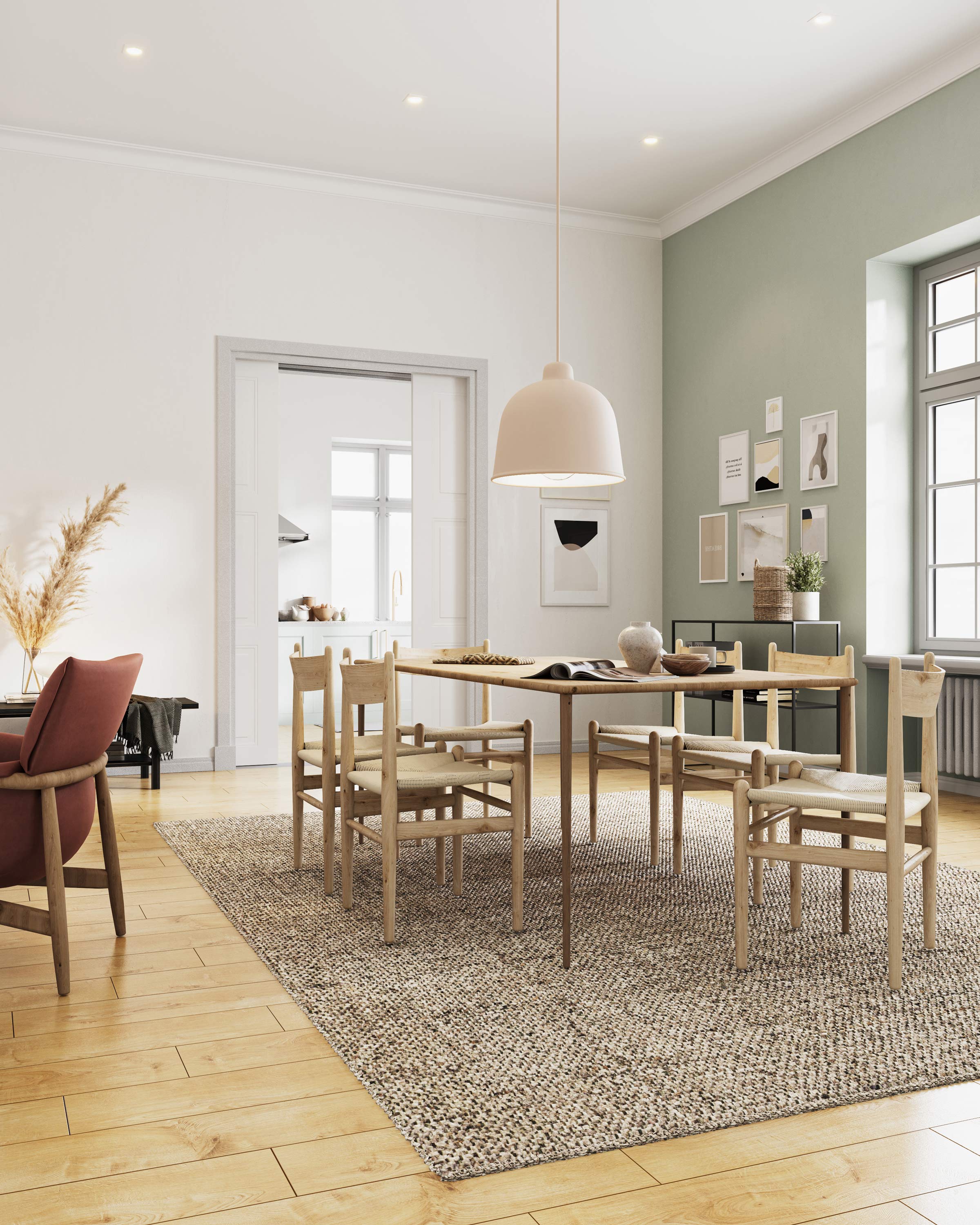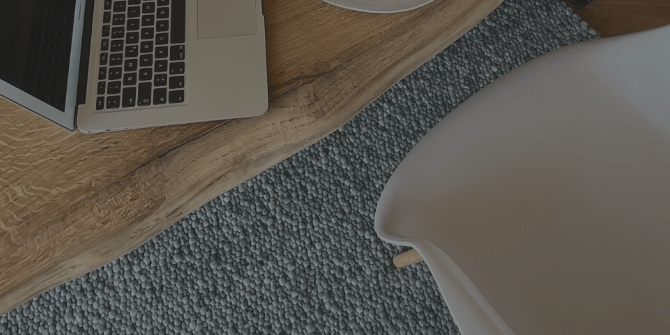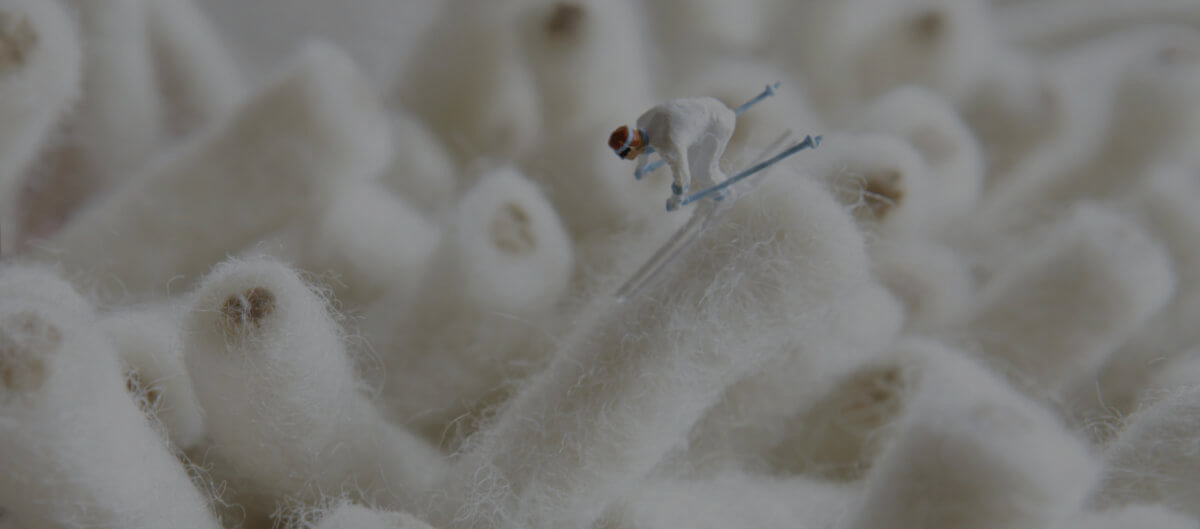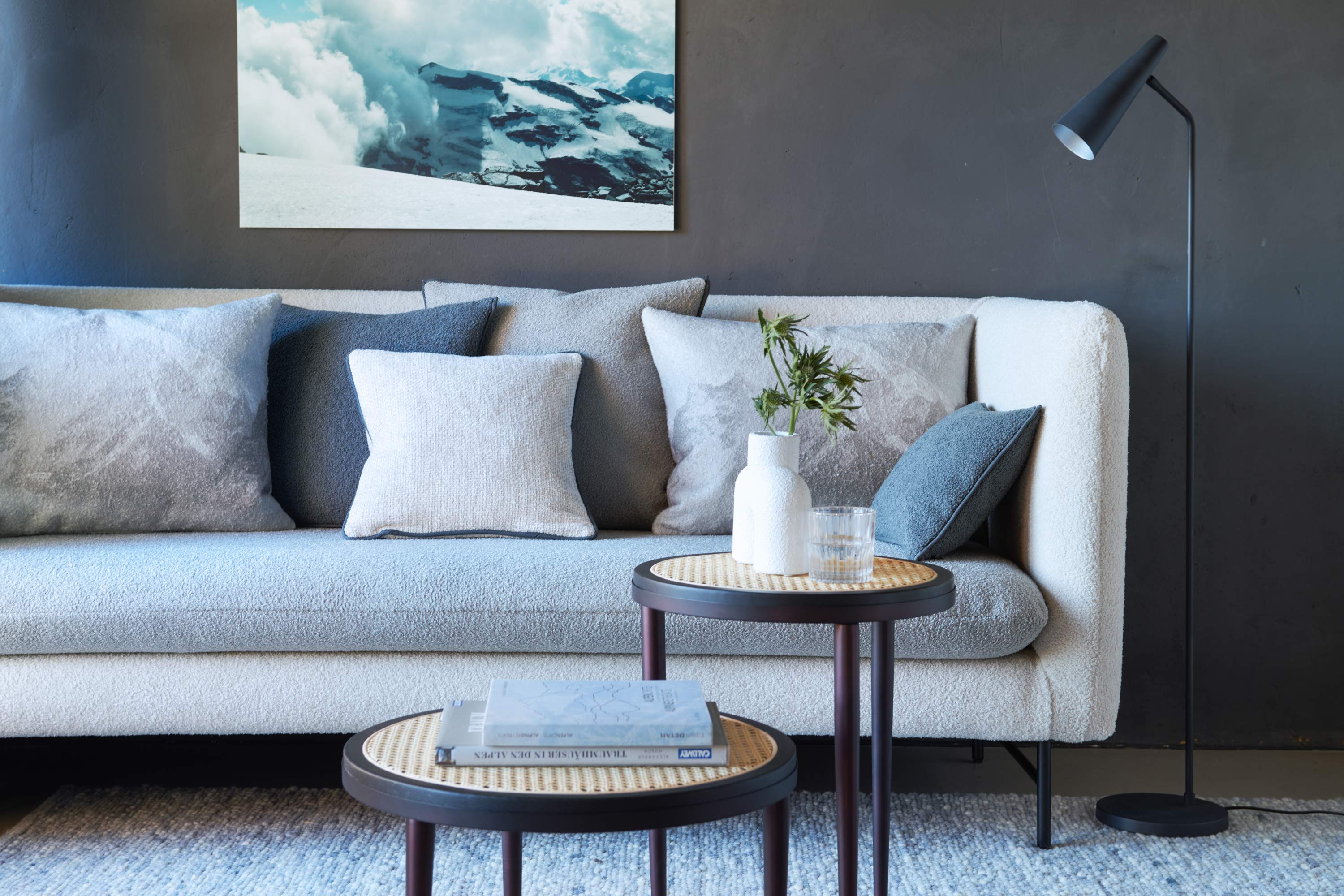
Celebrating the Imperfect – the True Value of Your Carpet
2022/28/01
Surely, we all have these little blemishes in our homes that bother us every time they catch our eye. A small scratch on the wooden table. The fading color of the sofa’s covering. A slight bulge in the carpet. But what if we didn’t see these details as flaws, and instead as peculiarities that make our home unique?
1. Wabi-Sabi Philosophy Explained
2.The Wabi-Sabi Way of Life
1. Wabi-Sabi Philosophy Explained
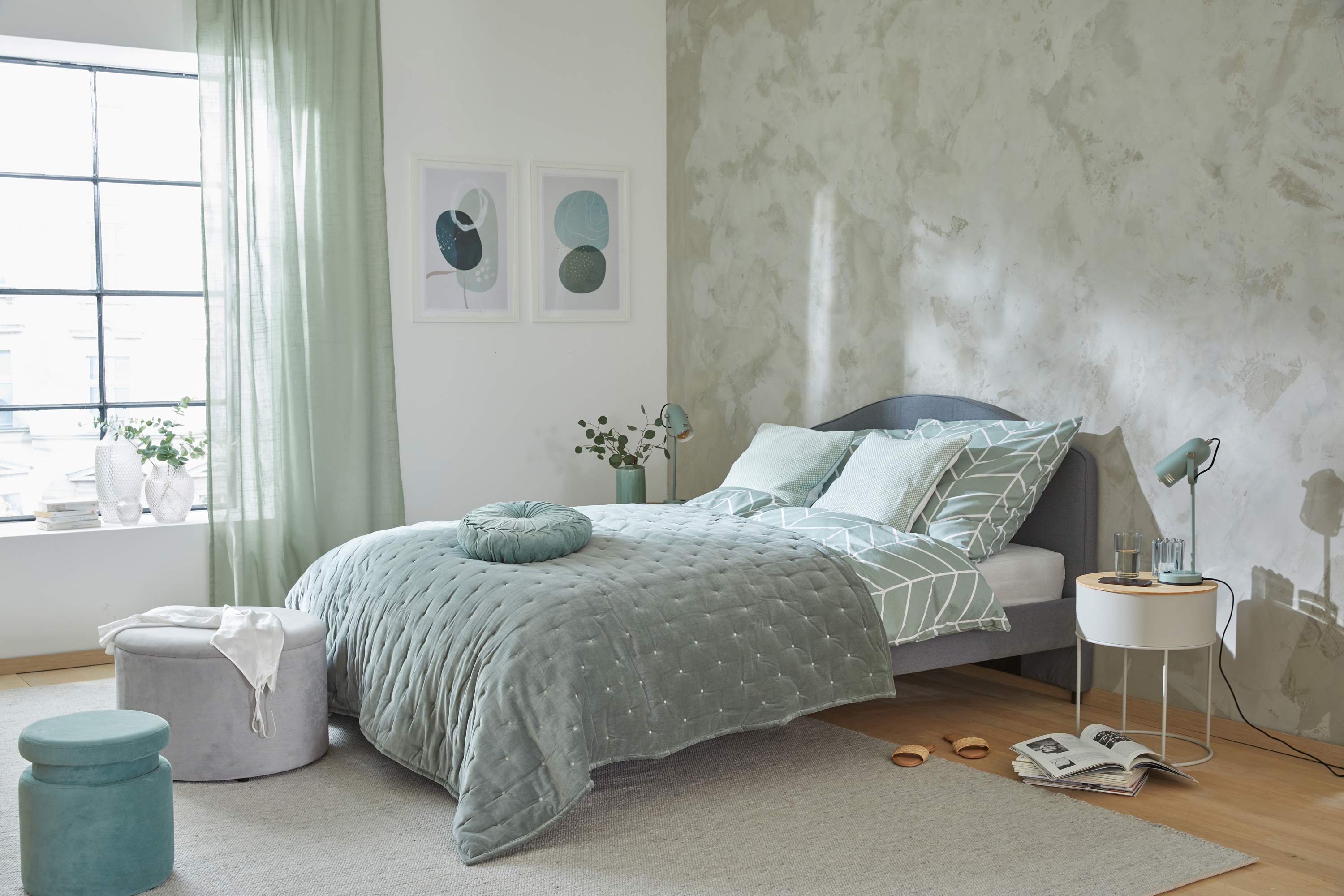
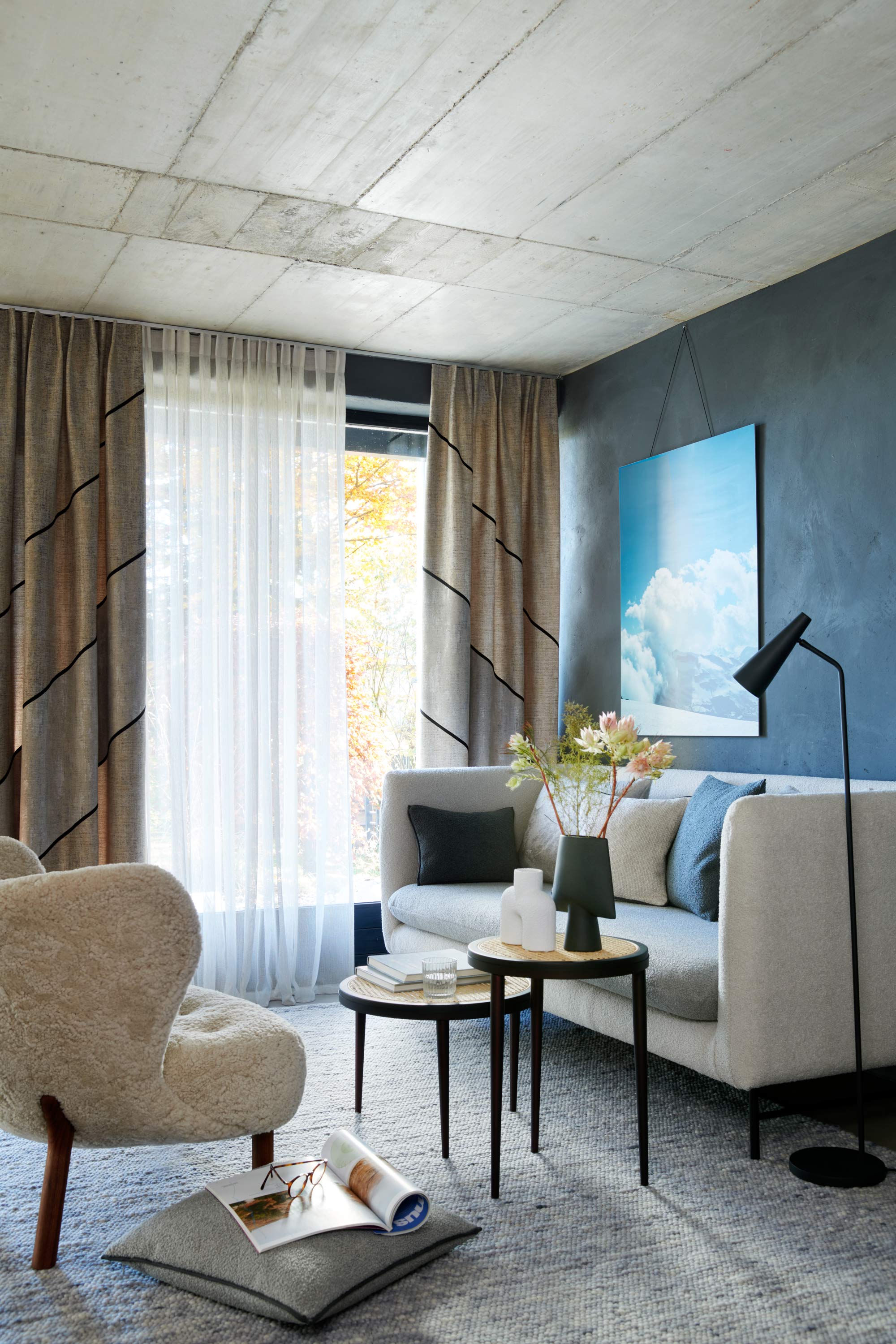
The principle of “wabi” goes back to Murata Shukō, who founded the Japanese tea ceremony in the 15th century. He observed that the moon was most beautiful when partly hidden behind clouds. According to Shukō, this sight is intriguing because it doesn’t give away everything at once. Rather than a full bright moon, it leaves room for our imagination, making us wonder what’s yet to be discovered. Hence, we should embrace the openness of “unfinished” objects” instead of seeking out finished products that bear no mysteries or surprises.
Sabi: the Value of Wear and Tear
“Sabi” refers to the way we perceive natural processes of maturation, aging, and decay. Rather than trying to preserve the initial appearance of an object, we should embrace its natural changes over time. Scratches, cracks, or discolored spots are not indicators of decreased value. On the contrary: They demonstrate that the object has served a valuable purpose, being loved and used over and over again by its owner. Signs of wear and tear thus turn into precious attributes that bring out the unique character of everyday items.
2. The Wabi-Sabi Way of Life
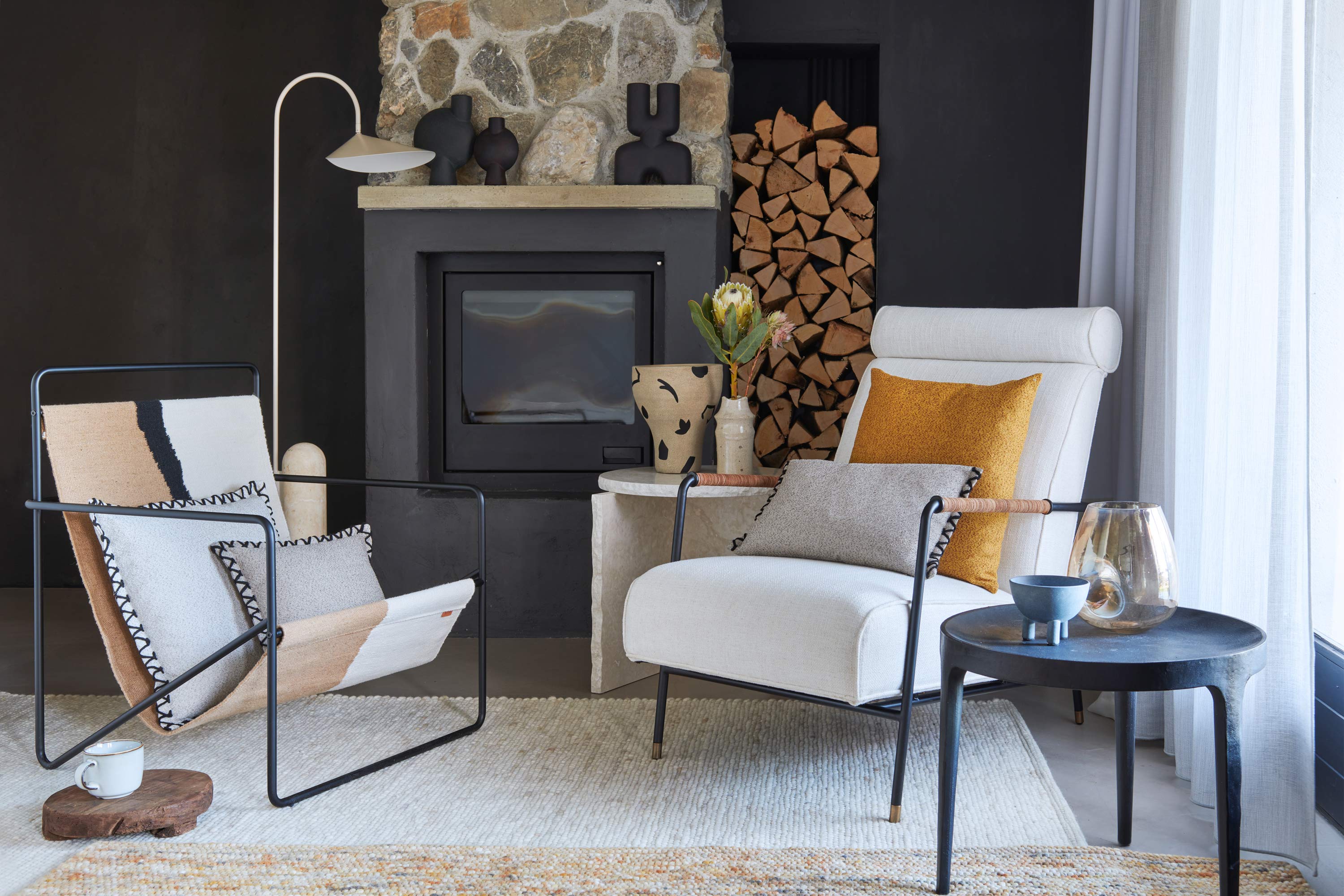
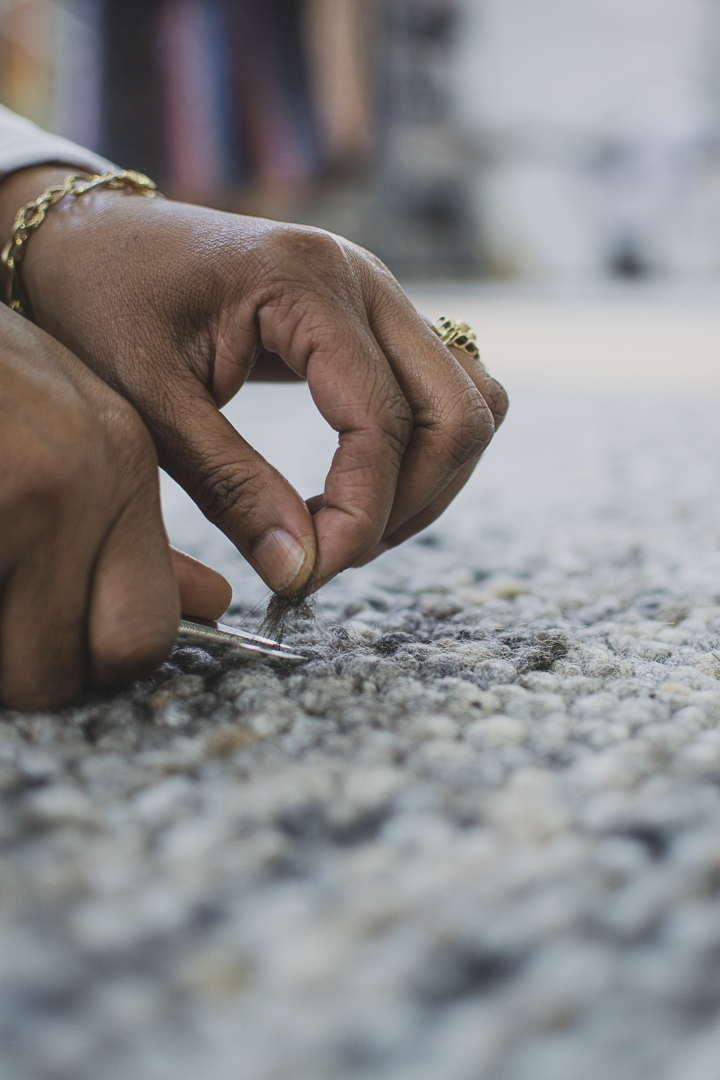
From Decor to Rugs: Wabi-Sabi at Home
Put unique items center stage
Mass-produced furniture or decorative items are cheap and easy to purchase anywhere – but they don’t tell a story. Wabi-sabi interior design celebrates true handicraft: a teapot painted with special floral patterns, a wooden chest from the flea market, or a handwoven rug that reflects your own taste and personality. You should leave enough room for these items to shine, rather than tucking them away in dusty cabinets.
Use nature as a source of inspiration
Highly processed, synthetic products may look glossy and perfect as long as they are brand new. Overtime however, it becomes hard to retain that immaculate appearance. Therefore, we recommend opting for natural materials that weather beautifully. Wabi-sabi inspired living rooms derive their raw appeal from untreated surfaces such as wood, metal, or stone. The same goes for textiles: handmade carpets made from wool, cotton, or hemp will change in appearance without losing their vitality.
When it comes to Wabi-sabi design, less is definitely more. Too many decorative pieces make living spaces feel crowded and messy. In order to fully appreciate your belongings, you need to get rid of clutter without any personal value. Simply put: Each object in your house should either be beautiful, serve a practical purpose, or both. Clearing up your space will help you feel more focused, centered, and grateful for what you have.
Dare to mismatch
Of course, we want our home to be a place of peace and harmony. But this doesn’t mean that you have to color-coordinate everything down to the last detail. So what if the coffee table from the vintage store is a different kind of wood than your grandmother’s old armchair? Or if the pattern of your handknotted rug won’t exactly match the pattern of your pillows on the couch? Wabi-sabi philosophy reminds us that after all, these idiosyncrasies make up the unique charm of our homes: a dynamic place that grows and changes, just as we keep growing and changing in the course our lives.
